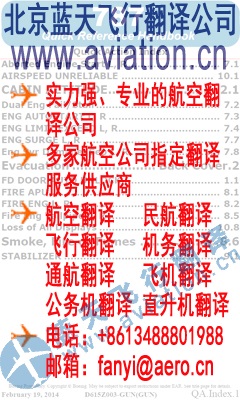|
To view this page ensure that Adobe Flash Player version 9.0.124 or greater is installed. While various combinations of physical barriers and lighting may deter unauthorized access at airports, the TSA notes that storing aircraft in hangars provides one of the most effective method of securing GA aircraft.73 However, at many GA airports, hangar space is in short supply and the demand for hangars make them very costly, especially for some small, privately owned aircraft. Language in the Century of Aviation Reauthorization Act – Vision 100 (P.L. 108-176, Sec. 149) provides greater flexibility in the allocation of federal Airport Improvement Program (AIP) funds for the construction of hangars at GA airports. Also, to foster private investment in hangar construction, additional language in Vision 100 (P.L. 108-176, Sec. 165) provides assurances for long-term lease agreements between tenant aircraft owners who build hangars using their own funds and airport operators. Physical Security Measures for Aircraft such as propeller, throttle, control surface, and tie-down locks. The TSA’s Security Guidelines for General Aviation Airports recommends storing aircraft in locked hangars, consistent use of aircraft door locks, using keyed ignitions when appropriate, and not leaving keys in aircraft as some basic steps to secure GA aircraft. The guidelines also recommend using an auxiliary lock such as commercially available propeller, throttle, or tie down locks to further protect GA aircraft. The TSA suggests that “[p]ilots should employ multiple methods of securing their aircraft to make it as difficult as possible for an unauthorized person to gain access to it.” However, it is apparent that this common sense advice is not always heeded. In the October 2005, theft of a Cessna Citation VII business jet, it was reported that the aircraft – which does not need a key to start – was left unlocked.74 中国通航网 www.ga.cn 通航翻译 www.aviation.cn 本文链接地址:Securing General Aviation 通用航空安保(41) |




